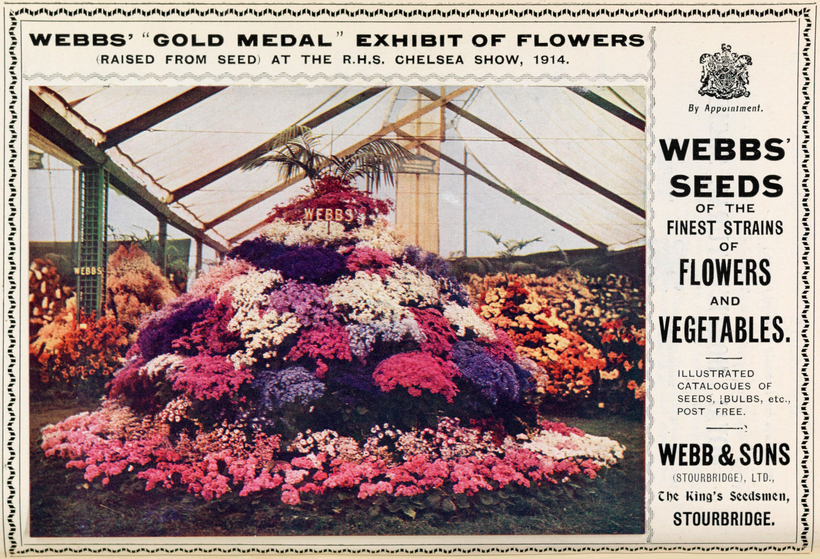Since its inception, in 1913, the Royal Horticultural Society’s extraordinary Chelsea Flower Show has attracted social butterflies, buzzing columnists, and regal visits to its coveted opening day. But the real star power of the most important garden show in the world is floriferous and vegetal. This year, in the midst of a global pandemic that has closed public gardens across the country, the R.H.S. is going digital. The breathtaking glory that is the United Kingdom’s tradition of visionary gardening—there is no other like it in the world—will not be laid out over the 23-acre Royal Hospital Chelsea grounds. Instead, designers, florists, and growers will provide video content in a number of different formats, and some will create at home the extravagant exhibitions they had planned to display in the vaunted Great Pavilion.
Normally, the show would have begun with the Chelsea pensioners, veterans of the British Army dressed in dapper red wool blazers, festooned with brass buttons and beribboned with medals. Some 300 of them live in the 300-plus-year-old Royal Hospital, and they welcome the show’s visitors, who wear hats swagged with flowers, or dress as topiary. Dancers, musicians, and artists en plein air twirl and strut through planted sets featuring streams, rills, ponds, pools, and fountains; walls and trellises surround entire meadows and areas set aside for sitting, sleeping, and play. But not this May.
The real star power of the most important garden show in the world is floriferous and vegetal.
Could a digital show have a silver lining? Absent the madding social crowd, you can bathe your soul in nature’s silence, replete with buzzing and chirping and the susurration of breezes through grasses, plus wise counsel from some of world’s greatest gardeners and florists.
The Chelsea show has rocket-boosted the careers of landscape artists—people such as Isabel and Julian Bannerman, Dan Pearson, and Piet Oudolf. Plant careers are launched, too; an exhibit of hostas in 1968 ignited a craze for them, likewise for auriculas with a 1982 exhibit. Medals have been awarded for the Best Chic Garden, the Best Courtyard Garden, the Best City Garden, and my favorite, the Sundries Trophy. There’s also RHS Chelsea Florist of the Year. In the past, pyramids of radishes, towers of leeks, and choirs of carrots have been so gorgeous you wouldn’t dream of eating them. One year, a garden was suspended 27 yards above ground—and won a gold medal for its Irish designer, Diarmuid Gavin, who is a television personality.
This year, there’s but one medal—the Chelsea Garden Product of the Year. But there’s also a first—a people’s-choice award: after viewing a compilation of the last decade’s “best of the best,” creations in which no expense was spared, viewers will vote for the Garden of the Decade. Among other seductions, the inimitable Monty Don and Joe Swift will take to your screen an hour each day.
Though the R.H.S. will offer advice aplenty, the fact is that most of us cannot achieve such extravagant heights of invention at home—to say nothing of portrait-perfect radishes. Use this week to refresh your spirits, and then return to cultivating your own garden, as best you can. That is, after all, the point. —Dominique Browning

